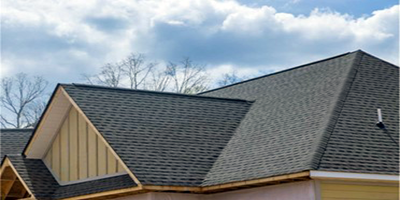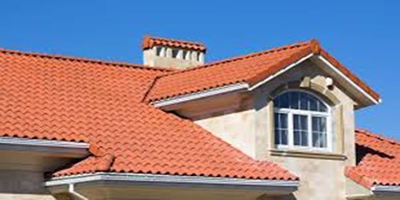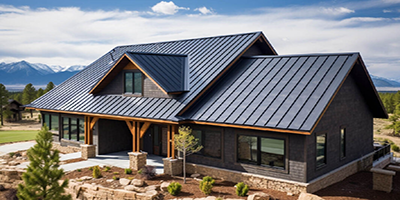Energy efficient roof typs
What makes a roof energy-efficient?
The material, color, coating, and thermal mass of roofing material contribute significantly. The design of your roof and attic, specifically the insulation and ventilation systems, can make just as much of an impact. With a dark, heat-absorbing roof, this heat transfers into the home (White is the most energy-efficient roofing option because it reflects between 60% and 90% of the sunlight that hits it. However, there are now special pigments that roofs can be coated with that will reflect the invisible radiation of the sun, allowing your dark roof to still be more energy-efficient).
While good insulation offers some relief, it doesn’t stop the transference of heat from the rooftop to the attic. When the attic is overheated, that excess heat will transfer into the home and make the air conditioner work harder than it should.
Related article: Energy-Efficient Flooring
 Two factors impact a roof’s ability to stop this transference of heat:
Two factors impact a roof’s ability to stop this transference of heat:
- Solar Reflectance Index
This Index measures a roof’s ability to reject solar heat and release any heat that is absorbed. Raising the index from 25 to just 40 can lower the surface temperature of the roof by more than 13 degrees. That could translate to a 15–20% savings on energy bills.
- Proper Attic Ventilation and Roofing Insulation
Without proper ventilation, it will transfer to the inside of your home. And if temperatures get too extreme, it won’t just raise your electric bill, it can damage your roof.
It might be interesting for you: Library Wall
Benefit for the environment?
- It can help decrease demand for air conditioning by reflecting sunlight away from home. This leads to lower energy consumption and CO2 emissions, which is good for the environment.
- It reflects more light off the surface of the earth, counteracting the greenhouse effect that contributes to global warming.
- It prevents the air outside the home from heating up, minimizing the urban heat island effect and preventing the development of smog from outdoor air pollution.
How to make roofs energy-efficient?
- Installing Solar Panels
- Painting Your Roof
- Replacing roof material(top energy-efficient roofing materials)
- Solar roofing shingles
- Metal Roofing
- Tile roofing
- Asphalt roofing
Is it cost-effective?
Energy-efficient roofs may be more expensive initially, but they usually pay for themselves over time.
Energy-efficient roof types
Asphalt shingles
Are the most common type of roofing material used on homes. Traditionally, they’re also one of the most non-reflective and heat-absorbent roofing options available.

Tile roofs
It is also a good energy-efficient roof choice. They can be made from slate, clay, or concrete. They also allow air to flow under the tiles which adds to their ability to release any heat they do absorb.

Metal roofs
Is one of the best choices for roofs in general. They’re the most energy-efficient roof for residential installations, can last more than 50 years, and require very little maintenance. they can also be covered with special coatings to give them an even higher efficiency rating.

Energy-Efficient Roof Styles
Flat roofs are often considered energy-efficient due to their simplicity. They are easy to insulate, making it more manageable to control indoor temperatures.
Glable The steep slope allows for effective rainwater drainage and the potential for adequate ventilation.
Hip roofs are similar to gable roofs but have sloping sides on all four sides instead of just
two. This design provides extra stability and durability in high winds and
severe weather.
Mansard roofs, characterized by their double-pitched design, offer excellent energy efficiency due to their insulation-friendly structure.
The butterfly roof is a unique design with two sloping surfaces that meet at the center, resembling the shape of a butterfly’s wings. This roof style can be energy-efficient, especially when combined with solar panels.
Gambrel roofs have a steep upper slope and a shallower lower slope on each side, resembling the design of a barn roof. This roof style offers space for insulation in the upper slope and is ideal for creating attic living spaces.
Dome roofs offer an energy-efficient design due to their curvature. The curved surface minimizes heat absorption and maximizes rainwater runoff.


 Two factors impact a roof’s ability to stop this transference of heat:
Two factors impact a roof’s ability to stop this transference of heat: